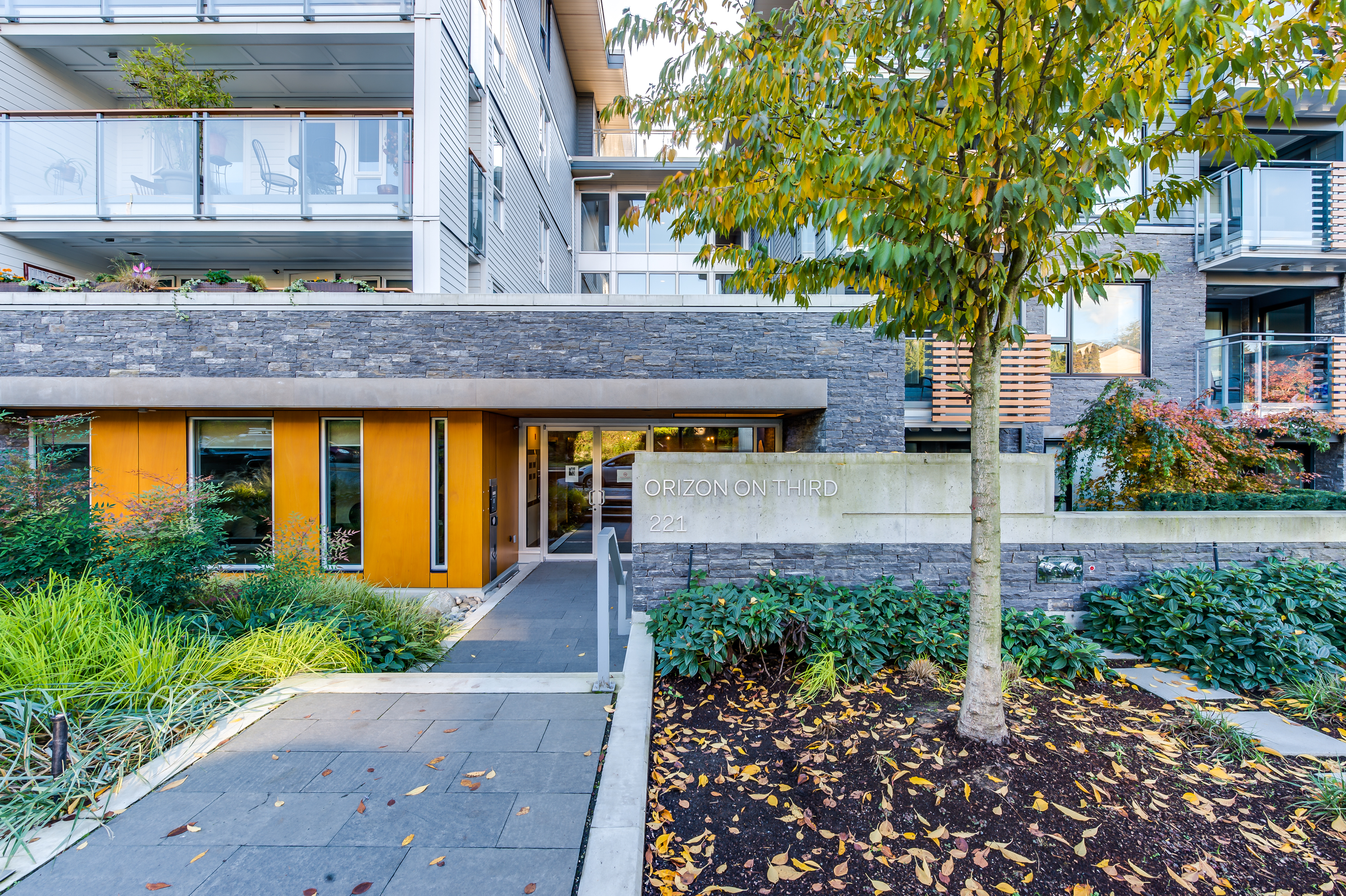Buying a home is one of the most important decisions you’ll ever make. So it’s always best to get all the help you can. Here are some steps to consider.
- Are you ready to buy?
You should already have saved some of your down paymentand you should be good at managing debt like credit cards or student loans. A mortgage is a financial responsibility that also requires constant upkeep. - Decide how much you can afford
Use this simple equation to consider what you can expect after you’ve saved for your down payment. The cost of buying a home = one time costs (down payment, legal fees, inspection fees and taxes) + monthly costs (mortgage, utilities, maintenance, insurance and property taxes). - Arrange a mortgage
There are hundreds of banks, credit unions and other lenders. How do you select which one is best for you? Now is not the time to be money-shy! Talk to your financial institution and call around to others. Ask friends, family and colleagues. REALTORS® are very knowledgeable about mortgages and have lots of good advice and they may be able to refer you to a mortgage broker. Financing your home. - Decide what you want to buy
First, decide where you want to live (urban, suburban, rural) and then decide which neighbourhood suits you best and what type of home (detached, attached or apartment) you want. Whether or not the property is new or resale may also affect your costs. See the Dream Home Checklist for more information. - Find the right REALTOR®
There are many ways to find a REALTOR®: drive through neighbourhoods that interest you and jot down names, go to open houses, look at advertising, ask friends and family if they have worked with a REALTOR® they like. Interview two or three and pick the one you like best. - See what’s out there
REALTORS® run an incredible search tool called the Multiple Listings Service® (MLS® for short) which contains information on property listings. Your REALTOR® can send you listings that fit your criteria and together, you can draw up a short list and visit a handful of homes to make an informed and wise decision. You can also view listings here. - Sell your current home
It’s the age-old question, do I sell my home before I buy, or do I buy my new home before I sell? It’s natural to want to buy your new home first so you have the security of knowing where you’ll be living. But there are advantages to selling first, buying later:- You’ll know how much your house is worth, so you can be surer of how much you can spend
- There’s a chance you won’t have to make your offer subject to financing
- You might be able to arrange a long closing to give you time to look
- It could be a stressful situation, but it’s also stressful to own two homes!
Look at the section 10 steps to selling your home for useful tips.
- Add some specialists to your team
A mortgage broker may be able to get you the best possible rates. A notary public or a lawyer will help you understand the many legal documents that come with buying your home. A home inspector can save you from unpleasant surprises when you move in. - Make an offer
REALTORS® are expertly trained and will prepare your offer for you. For some of the terms you’ll find in the documents, visit our Words You Need to Know: Real Estate Terms section for help. If you have any concerns or hesitations, ask your REALTOR® to explain. - Close the deal and move in
You offer has been accepted! Great news! Your REALTOR® and notary public or lawyer will do most of the closing work. But make sure to ask about any conditions of the agreement that require immediate action on your part. Before you know it, you’ll be handed the keys to your new home.
Considering a move into the real estate market? Contact Chris Brown today to set up an appointment to chat about your real estate goals. He can be reached at 778.881.0673 or by email at chris@chrisbrownrealestate.ca



